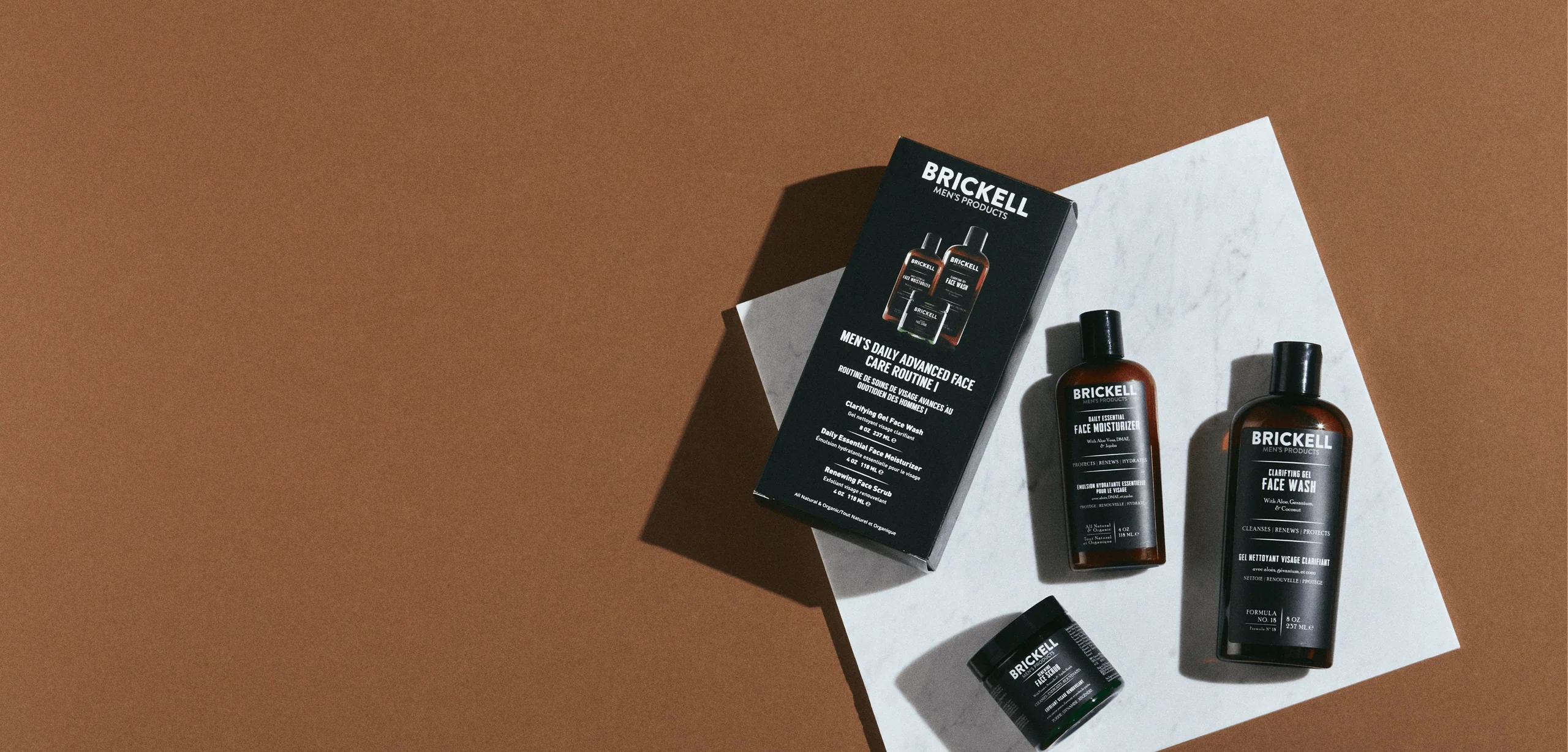The Grooming Manual
A Comprehensive Guide to Trimming Your Beard

These days, you might not be getting to the barbershop as frequently as you otherwise would - and you may be having a tough time managing your beard on your own.
The good news? It’s not as hard as it may seem. Follow these tips and tricks to effectively trim your beard.
Tools to Use When Trimming Your Beard
Getting your beard right starts with using the right tools and products - and this isn’t an area where you can skimp out. Getting the tools wrong makes proper trimming much more difficult. Using the wrong products can lead to ingrown hairs, skin congestion, and a dry or untame beard appearance.
Your routine should include:
Brushes
- A beard brush: A large-bristled brush that you use before trimming to facilitate the process and help you see if there are any inconsistencies in your beard length
- A beard comb: A designated comb for applying conditioners and beard oils, styling your beard, and brushing your hair down for even trimming
Cutting Tools
- Clippers: Make trimming easier and help maintain an even length and fade along the edges
- Scissors: For getting rid of any strays and keeping your mustache under control
- Razor: To clean up your neckline and your cheek line
Styling Products
- Beard Oil: Our Beard Oil conditions, hydrates, and helps keep your hair in place and under control with algae extract, vitamin E, and argan oil.
- Face Scrub: This should be a part of your routine, as regular exfoliation keeps your beard clean, prevents ingrown hairs, and reduces acne breakouts. Our Renewing Face Scrub does all of that - and with natural ingredients too.
- Beard Wash: Wash your beard every day as you wash your face. But you don't need anything complex - simply use your face wash or shampoo.
How to Trim Your Beard
Ok -- we’ve discussed the what, but what about the how? Here’s a step-by-step routine that you can follow every week or two.
1. Start By Washing and Drying
You always want to start with clean hair and a fresh face.
2. Brush Against the Grain
Using your beard brush, brush against the grain to get all your hair to stand up and out. This will make it easier to see where you need to trim and where you have some extra long strays.
3. Trim With Clippers and Scissors
Start trimming with your clippers. Start with a bigger guard to prevent some too-short mistakes. From there, address any strays with the scissors.
This should be fairly straightforward if you want an even length all around. However, if you would like to shape the beard -- for example, leaving hairs longer around the chin and shorter along the side of the face -- you’ll have to play with the guard settings a bit.
Not sure where to start? For a neat beard that still has some length, use a number 3 setting at the temples and a 4 or 5 around the goatee/mouth area.
4. Give Your Mustache Some Attention
To groom your mustache, comb the hair down over the lip. Then, use your scissors to snip away at any hairs that drop down over the lip line. Nobody likes a messy mustache, after all.
5. Comb Down
Before you address the neckline or work on fading, comb everything back down. Don't attack those nuances with your hair sticking up - it’ll make it harder to see what actually needs to be cut.
6. Trim Up Your Neckline
This one can be tough, since it’s often hard to know exactly how far to go down your neckline. As a general rule of thumb, try this:
- Place two fingers above your Adam’s apple (everyone’s neck is different so this might be a little too low or too high for you -- but it’s a good starting point).
- Create a soft, imaginary “U” curve toward the back of your ears.
- Trim away everything below that “U”.
7. Clean Up Your Cheek Line
Last up, tidy up your chin line. Generally, it should go from the corner of your sideburns to the top corner of your mustache. Once you’ve defined your line, get rid of any strays that sit above it.
Remember - less trimming is always best. You can go lower down the cheek if you need to, but you won’t be able to raise it if you shave too low.
8. Rinse and Style
Once you’re done trimming your beard, rinse off any loose hairs and style your beard. For the best results, comb through with our Beard Oil to hydrate your beard while keeping it looking its best.
And, of course, be on the lookout for any strays that you may have missed the first time around.
Final Thoughts
Trimming your beard will take a certain level of trial and error as you hone in on your skill and figure out what style and length works best for you.
Be patient through this process - and don’t be afraid to ask for professional help along the way!
Related Reading:
